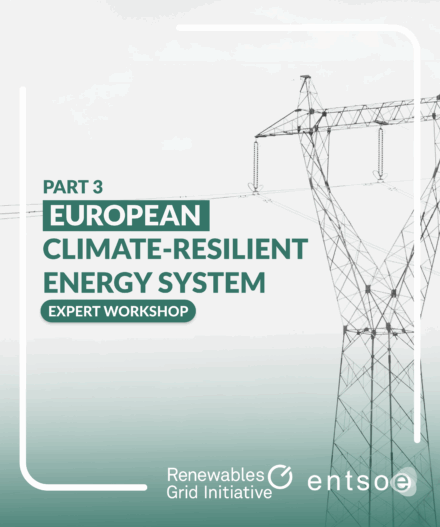resource centre
browse through
rgi resources
highlighted
Global Initiative for Nature, Grids and Renewables (GINGR)
Aims to support the just and sustainable energy transition by providing assessment tools to quantify contributions to Nature- and People-Positive goals.

Event (220)
Select types
Display:
Selected Filters:

11 December 2025
Connecting Pollinator Corridors: Using evidence and monitoring to deliver a Nature-Positive grid
Online

05 December 2025
Smart forecasting for resilient grids
Online

19 November 2025
Empowering Grids from Planning to Practice
Brussels

18 November 2025
Expert Workshop: Nature-Inclusive Design in Offshore Energy Infrastructure
Brussels

13 November 2025
European Climate-Resilient Energy System | Part 3
Brussels & online

12 November 2025
Country Profile Webinar: Lessons from the United Kingdom
Online

23 October 2025
Power of Participation: Advancing public engagement in grid planning
Brussels

15 October 2025
Power with People: Local tools for Just Wind Futures- …

